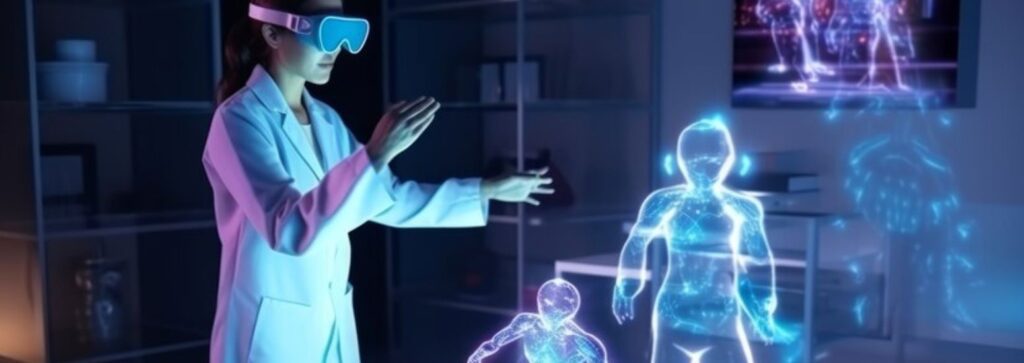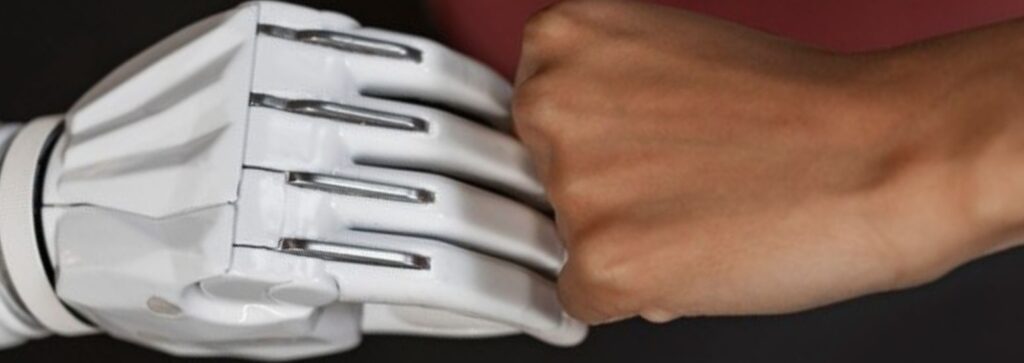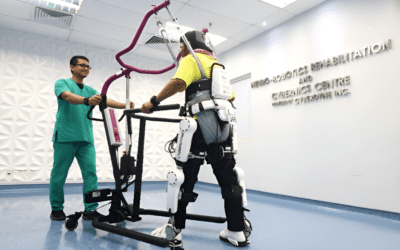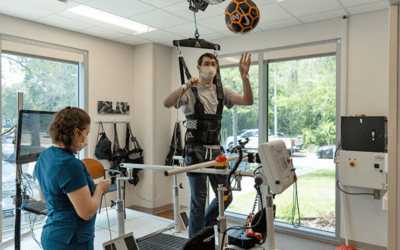Neurostimulation – a promising treatment for Epilepsy Management!
The fast-growing technological developments and the invention of new devices have driven tremendous progress in Neurostimulation as a third‐line treatment for epilepsy —Over the past decades, Neurostimulation has taken its place in treating epilepsy as an advanced therapy technique and opened up a new world.
Advanced Developments in Neurostimulation Technologies
Vagus Nerve Stimulation (VNS) –

Vagus nerve stimulation (VNS) is any technique that stimulates the Vagus nerve, including manual or electrical stimulation.
There is one Vagus nerve on each side of your body. The Vagus nerve runs from the lower part of the brain through the neck to the chest and stomach. When the Vagus nerve is stimulated, electrical impulses travel to areas of the brain. This alters brain activity to treat certain conditions.
About one-third of people with epilepsy don’t fully respond to anti-seizure drugs. Vagus nerve stimulation may be an option to reduce the frequency of seizures in people who haven’t achieved control with medications. Vagus nerve stimulation may also be helpful for people who haven’t responded to intensive depression treatments, such as antidepressant medications, psychotherapy, and electroconvulsive therapy.
The Food and Drug Administration (FDA) has approved Vagus nerve stimulation for people who: are four years old and older, have focal (partial) epilepsy, and have seizures that aren’t well-controlled with medicines.
The FDA has also approved Vagus nerve stimulation for the treatment of depression in adults who; have chronic, treatment-resistant depression, have not improved after trying four or more medications or electroconvulsive therapy, or both, and continue standard depression treatments along with Vagus nerve stimulation.
Implanted Vagus nerve stimulation isn’t a cure for epilepsy. But patients will certainly have up to 50 percent fewer episodes. Seizure intensity may lessen as well.
Vagus nerve stimulation may also shorten the recovery time after a seizure. People who have had Vagus nerve stimulation to treat epilepsy may also experience improvements in mood and quality of life.
Responsive Neurostimulation (RNS) –
RNS is a breakthrough surgical approach to treating seizures that are not controlled by medication. A Neurostimulator is placed under the scalp and within the skull, and it is connected to 2 electrodes placed either on the brain’s surface, into the brain, or a combination of both. The device continuously monitors brain activity and then is programmed to detect seizures. When a seizure or seizure-like activity is detected, the device delivers a small amount of electrical current to the brain to stop or shorten the seizure, or possibly prevent a seizure altogether.
Deep Brain Stimulation (DBS)

DBS plays a major role in treating various neurological conditions especially – Epilepsy Management.
An advantage of DBS is that it is reversible and does not cause permanent damage to any part of the brain. Deep brain stimulation (DBS) is a surgical procedure that involves implanting electrodes in the brain, which deliver electrical impulses that block or change the abnormal activity that causes symptoms.
In Deep Brain Stimulation, electrodes are placed in the targeted areas of the brain. They are connected by wires to a type of pacemaker device (called an implantable pulse generator) placed under the skin of the chest below the collarbone.
Once activated, the pulse generator sends continuous electrical pulses to the target areas in the brain, modifying the abnormal activity in that area of the brain that is causing symptoms. The deep brain stimulation system operates much the same way as a pacemaker for the heart.
In general, it may take months or even a year or longer of Neurostimulation before noticing any significant reduction in seizures.
So, connect with us at www.rehabmodalities.com to learn more about our rehabilitation therapy.
To know more write to us: info@rehabmodalities.com



